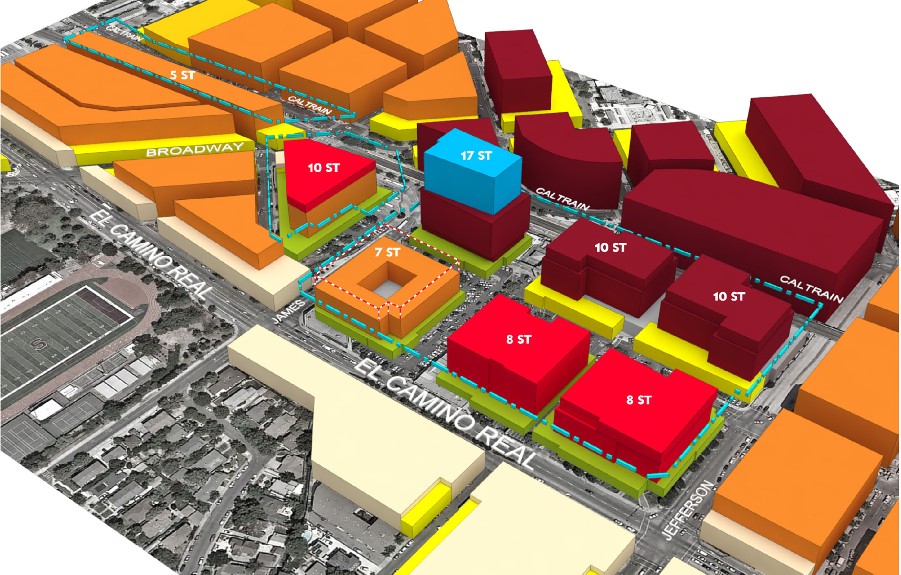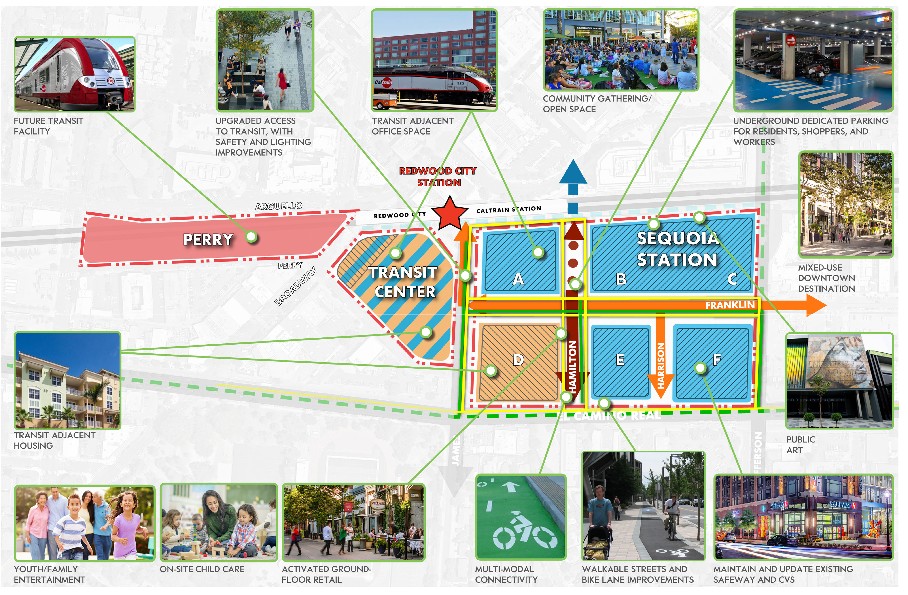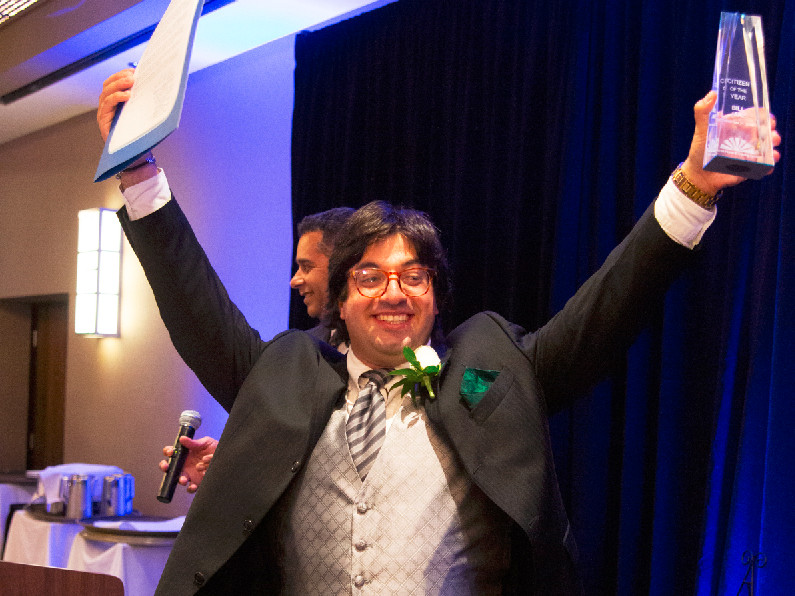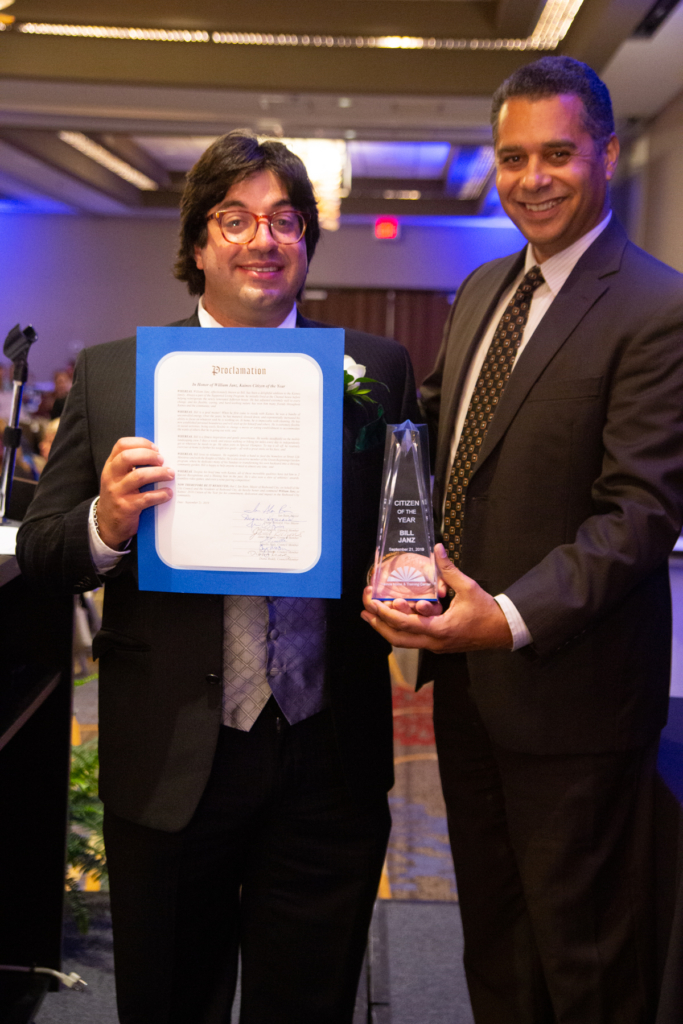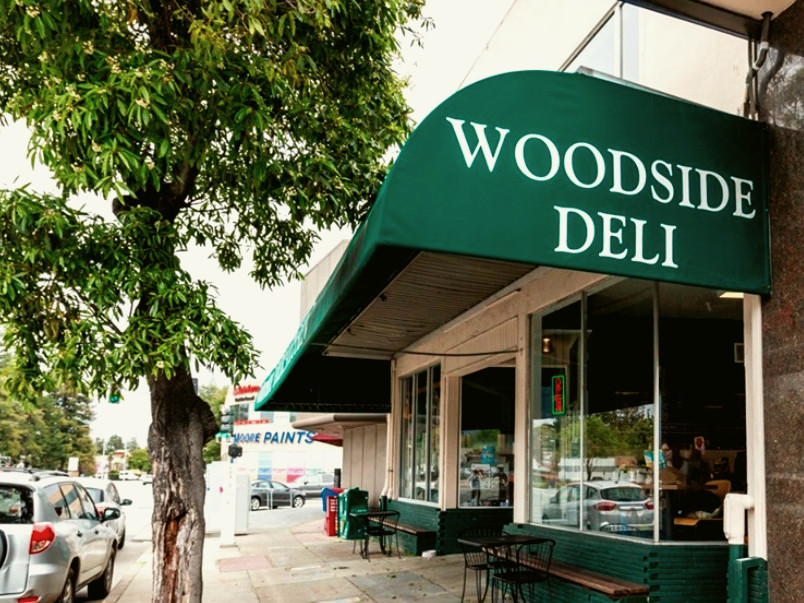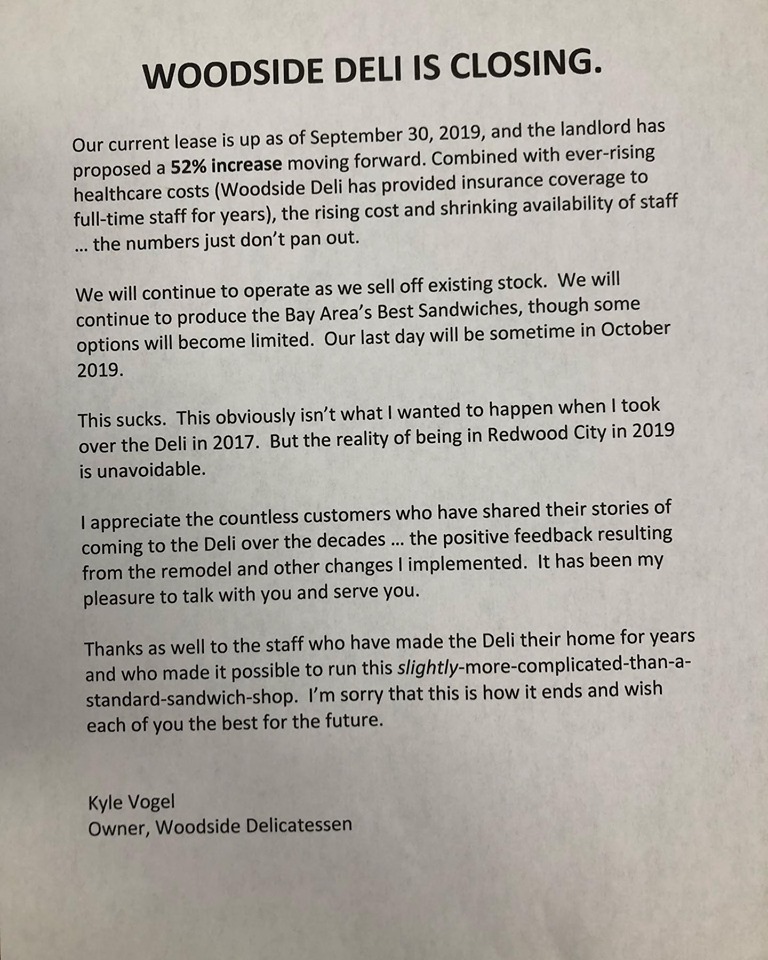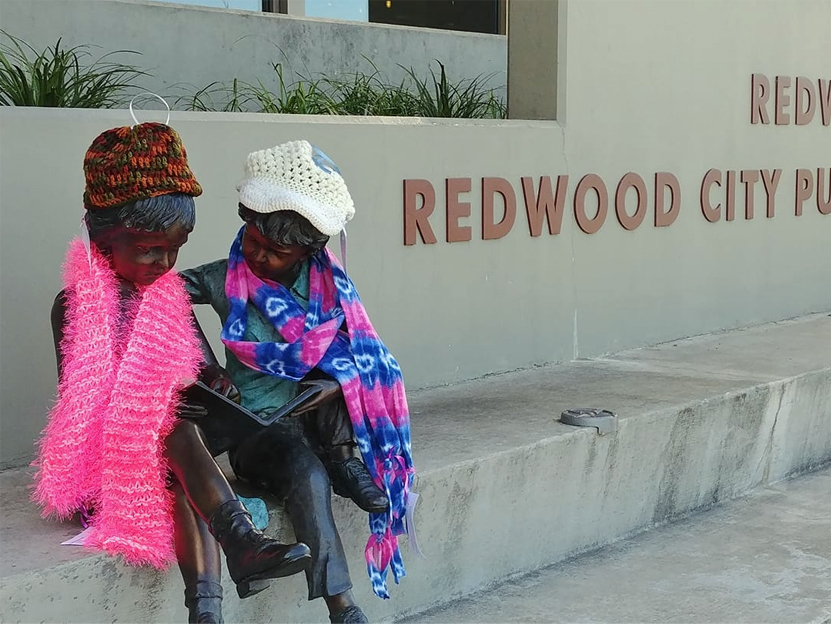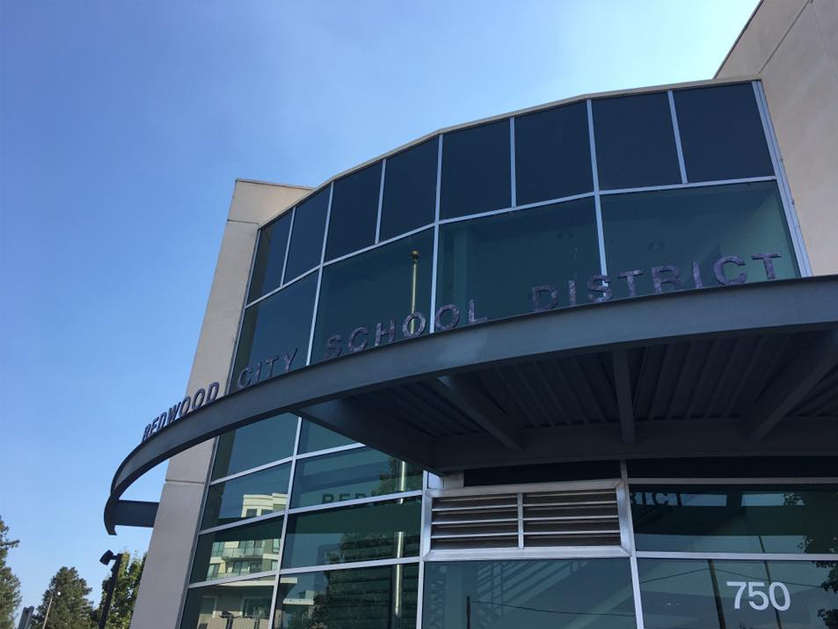10th Annual PortFest set for this Saturday

The 10th annual PortFest is set to bring live music, food trucks, booths, boat rides, waterfront tours, carnival games and more to the Port of Redwood City this Saturday.
The free day-long, family-friendly festival will run from 10 a.m. to 3 p.m. It celebrates the Port’s maritime heritage and its ongoing tradition as both a working and recreational waterfront.
PortFest takes place on Seaport Court at Seaport Boulevard. For more information, see the flyer or go here.
Photo Credit: Port of Redwood City





